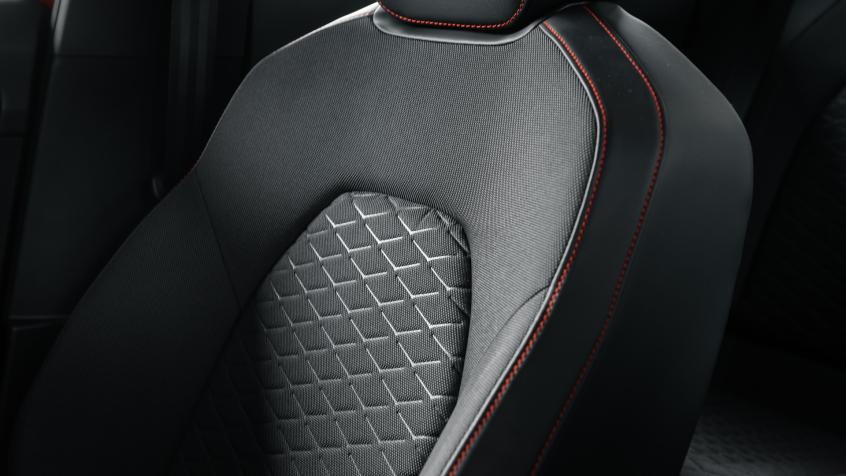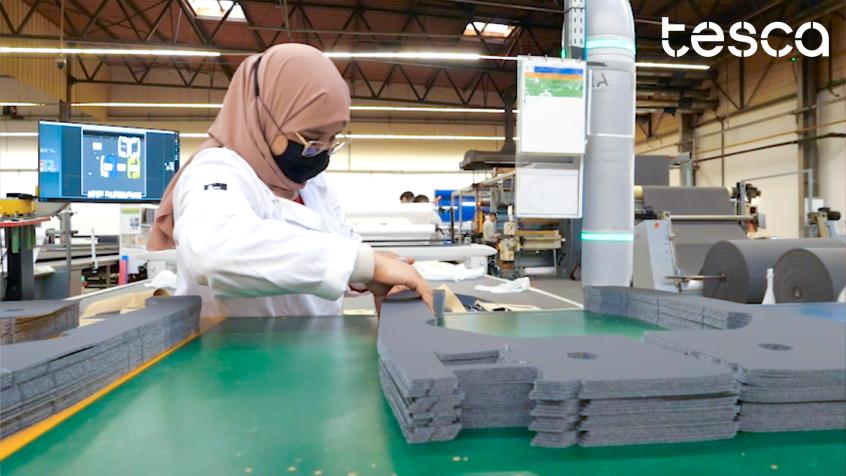Independence, flexibility and adaptability: How digital technology takes craftsmanship to a higher level
Human-digital collaboration accelerates this traditional path to expertise by building on an organization’s distinct craftsmanship to achieve greater levels of efficiency and innovation.

Bridging Tradition and Technology: Tanners Empowered by Digital Collaboration
For the first time, thanks to the cooperative collaborative nature of software, tanners are defining and controlling the digital processes driving their cutting room. Leather manufacturers are developing “heritage algorithms,” faithful to the history and expertise of their artisan patternmakers, to build fast, accurate and responsive systems tailored to their specific needs. These enterprising tanners are bridging the gap between traditional craftsmanship and advanced technology to innovate faster without sacrificing their creative independence or institutional knowledge.
The benefit for tanners is that human-digital collaboration enables them to control the specificity of each algorithm, ensuring that the power to choose and make decisions remain with the leather fabricator and not the software. Businesses can now preserve their institutional knowledge, economic value, and competitive advantage while capitalizing on the power of digital solutions to adapt to changing conditions and new consumer demands in the marketplace.
Algorithms are not one-size-fits-all. To serve their purpose they require input from someone with a deep understanding of the data and the domain they are working in. Human-digital collaboration heightens the importance of craftsmanship, putting greater emphasis on human skill, judgement and nuanced knowledge. Knowing how to manage a cutting room to achieve optimum results is still a human endeavor. Digital technology simply shortens the process and reduces the risk of errors.
Automotive leather manufacturers and their employees, the human side of the human-digital collaboration, are the ones to define and direct the way nesting and cutting happens; consequently gaining greater independence, flexibility, and adaptability for themselves and their organizations. Meaning, with the latest advances in automation technology—heritage, history and expertise—are not lost but become more significant, perhaps, even more so than ever before.
3 ways human-digital collaboration strengthens the significance of craftsmanship
Independence
Human-digital collaboration empowers staff with independence to solve unknown problems. Employee skill and judgement is essential to influencing how the algorithm learns to make new decisions and for solving operational problems that lack a large set of training data.
The reliance on human know-how to deal with any unforeseen changes, combined with the power of an algorithm to quickly solve for known problems increases the importance and control that craftsmanship holds over the production process. Key staff maintain their position as knowledge experts and now free from working on monotonous tasks and can take on higher-value challenges or perform multiple functions in the production process.
- Maintain position as knowledge experts
- Reduce time spent on low-value tasks
- Increase control over the nesting and cutting process
Flexibility
Human-digital collaboration enables automotive leather manufacturers to achieve flexibility and agility in their production process without risk to product quality or the tradition of craftsmanship for which their legacy customers have come to expect.
The ability to modify and improve the software enables tanners to learn and respond faster to demand fluctuations and changing market trends by simply altering the algorithm to meet key performance and productivity requirements, including mass production, or other specific processes and methods they choose to implement.
- Respond to demand fluctuations
- Assign the right employee for the right tasks
- Adjust to production peaks without compromising performance
Adaptability
Human-digital collaboration gives tanners the freedom to adapt their cutting operations to different hide shapes and leather types. Material adaptability enables organizations to make smarter resource management decisions and streamline production processes to reduce errors and eliminate waste.
Open and cooperative software enables leather experts and digital technologies to work together to select the correct patterns with speed and consistency and to decide the best way of modifying production to meet the material requirements for a wide variety of hide types and leather grades.
- Select patterns from a file library and instantly view them
- Customize the algorithm to adapt to specific material requirements
- Control nesting and cutting process to achieve greater leather savings
Success in leather manufacturing often requires generations of hands-on experience analyzing leather quality and understanding pattern complexity. Human-digital collaboration accelerates this traditional path to expertise by building on an organization’s distinct craftsmanship to achieve greater levels of efficiency and innovation.
Lectra, as a technology partner, provides the latest advances in digital know-how, to make it easier for automotive leather companies to retain their competitive advantage and heritage of excellence while achieving the independence, flexibility and adaptability needed to produce higher quality products.
Discover Vector
Related Content







